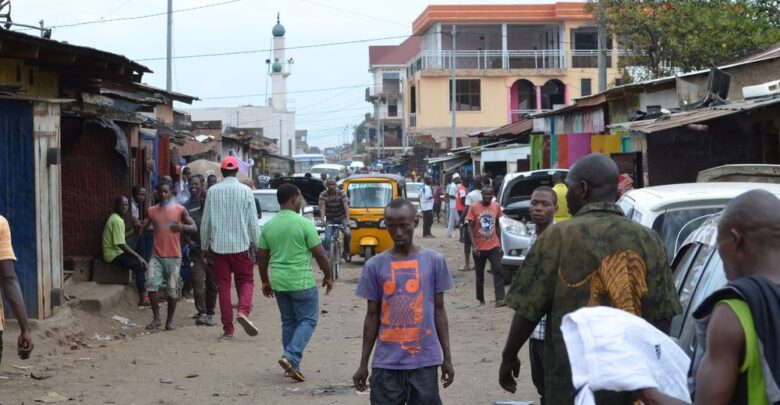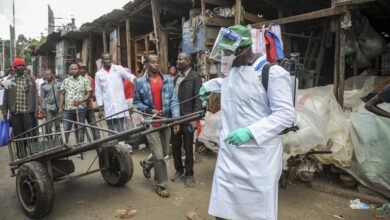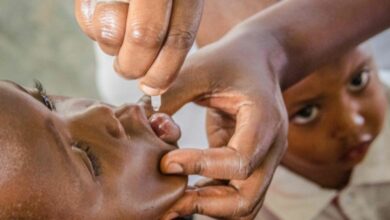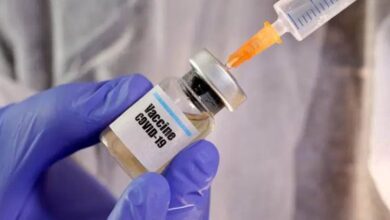Health
WHO Warns Coronavirus Could Infect Up To 44 Million In Africa In First Year If Not Contained

The World Health Organization (WHO) said on Thursday the coronavirus pandemic could likely kill between 83,000 and 190,000 people in Africa in the first year, reported Reuters. The body warned that the infected number could reach between 29 million and 44 million in the first year if the virus is not contained.
While addressing reporters in a teleconference, WHO Africa head Matshidiso Moeti said the projections are contained in a new WHO Africa study based on assumptions that no containment measures are put in place.
But, fortunately, most of the African countries have already imposed restrictions on mass public gatherings, international travel, and imposed curfews among other measures to stop the spread of the virus.
The WHO said the coronavirus hit Africa later than other continents and transmission rates are lower than elsewhere, but still there are chances that the current situation could translate into a prolonged, years-long outbreak.
“COVID-19 could become a fixture in our lives for the next several years unless a proactive approach is taken by many governments in the region,” Moeti said in a separate statement. “We need to test, trace, isolate, and treat.”
The international health body warned that Algeria, South Africa, Cameroon, and several other small countries could be severely affected by the coronavirus pandemic.
Notably, the WHO Africa study covered only the 47 countries that belong to the WHO Africa region and not the entire continent. The study didn’t include Djibouti, Egypt, Libya, Tunisia, Morocco, Somalia, and Sudan.
According to a Reuters tally based on government statements and WHO data, As the 47 countries had reported 35,097 cases of the novel coronavirus and 1,231 deaths so far.
As per the WHO Africa study, under the projected no-containment scenario, it is estimated that there would be around 3.6 million–5.5 million COVID-19 hospitalizations, of which 82,000–167,000 would be severe cases requiring oxygen, and 52,000–107,000 would be critical cases requiring breathing support.






